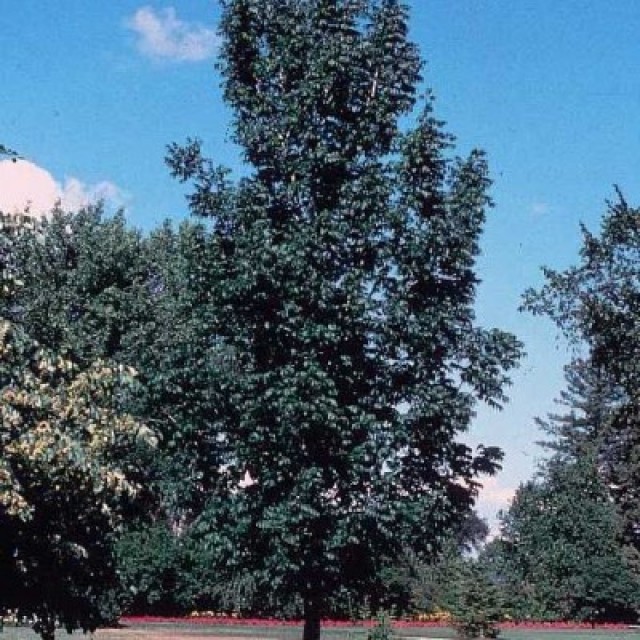COMMON NAME
Black Ash
SCIENTIFIC NAME
Fraxinus nigra
ALSO KNOWN AS
Aagimaak (Ojibwe), Basket Ash, Swamp Ash
Plant family
Olive (Oleaceae)
Plant group
Deciduous Trees and Shrubs
Known as Aagimaak by the Ojibwe. Usually a small to medium sized tree, it often has a leaning or "crooked" appearance and is found in wet woods and swamps.
47 reports
30+
OBSERVERS
47+
OBSERVATIONS
Identification hints
Black ash have opposite, compound leaves with 7 to 13 leaflets. The leaflets are 3 to 5 inches long, with a toothed margin, without a stalk, dark green above and paler green below. Because it typically grows in wet, cold soils it is one of the last trees in the swampy woods to put out its leaves in the spring and the first to drop them in the fall. Black Ash trees can be mistaken for being dead when they are only waiting for enough warmth to put their leaves.
Did you know?
Black Ash is a culturally important species to the Ojibwe. Strips of wood were used in basket-making, and in traditional medical practices an infusion of inner bark was used for sore eyes.
DISTRIBUTION IN TH U.S.
There is no information available about this species.
HABITAT
There is no information available about this species.
See Menu
- 2021 Chicago Botanic Garden. All Rights Reserved.
-
Creative Commons
BY-NC-SA 4.0 - Terms of Use
- Privacy Policy
- Data Sharing and Citation Policies
- 2021 Chicago Botanic Garden. All Rights Reserved.



